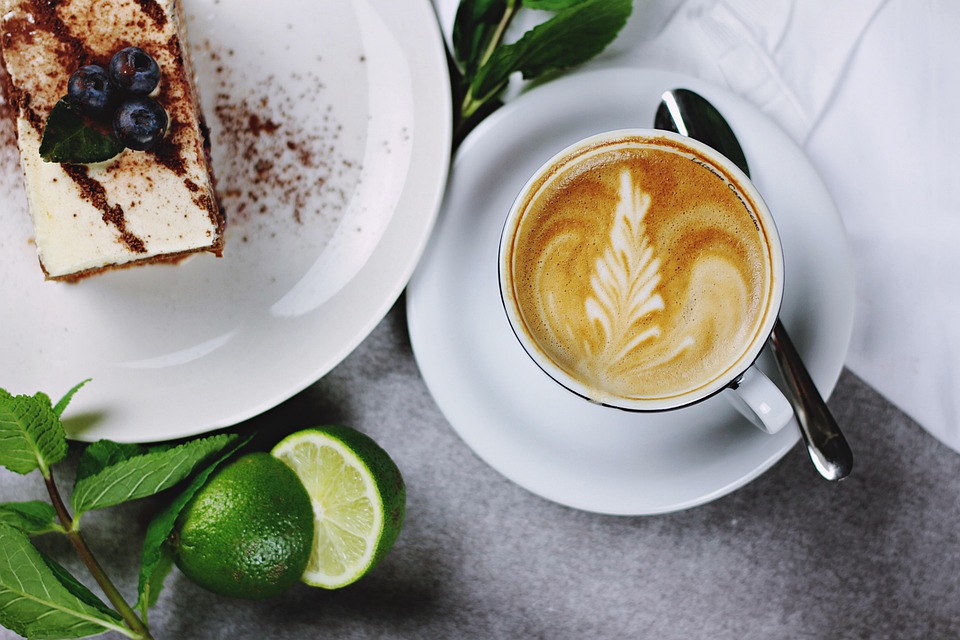In the world of culinary arts, dessert stands as a celebration of creativity and indulgence. Whether at a fine dining restaurant or a cozy kitchen, desserts serve as the grand finale to a meal and often linger in the memory of diners long after the last bite has been taken. However, creating a truly memorable dessert involves much more than simply following a recipe. It requires an intricate balance between flavor and aesthetics—an artistic dance between taste and visual appeal, resulting in what can be termed as "Sweet Harmony."
The Importance of Flavor
At its core, a dessert’s success hinges on its flavor. The ideal dessert should evoke emotions, transport the diner to a different time or place, and please the palate in sophisticated and comforting ways. Understanding the basic elements of flavor—sweet, salty, sour, bitter, and umami—is fundamental for dessert creators.
Seasonal Ingredients
Utilizing seasonal ingredients not only enhances flavor but also connects the dish to its environment. Using ripe berries in summer or spiced apples in fall introduces a natural vibrancy and intensity that pre-packaged or out-of-season ingredients simply can’t replicate. Dessert makers often emphasize using organic or local produce, which contributes not just to better taste but also to sustainability.
Flavor Pairing
The art of flavor pairing goes beyond simple combinations; it invites unexpected contrasts and harmony. Think of chocolate paired with sea salt, or citrus zest enlivening creamy desserts. Innovation in flavor can create memorable twists on timeless classics, leading to new favorites that surprise and delight.
Aesthetics in Dessert
While flavor is king, aesthetics are undeniably influential in the world of desserts. The visual presentation sets the stage, inviting diners to indulge before they even take that first bite.
Color and Composition
Color plays a crucial role in how desserts are perceived. Vibrant colors can evoke feelings of freshness, excitement, and joy. Careful composition—how the components of a dessert are arranged—can elevate a dish from the ordinary to the extraordinary. Layering elements, balancing shapes, and using contrasting textures can create visual interest that encourages diners to savor the experience fully.
Texture Contrast
Texture is another critical aspect of aesthetic appeal. A successful dessert often juxtaposes creamy, crunchy, soft, and chewy elements together. For instance, a rich chocolate mousse served alongside crisp caramel shards provides both visual and textural excitement.
The Dance of Flavor and Aesthetics
Creating a dessert that beautifully balances flavor and aesthetics is akin to composing a symphony. Each component should harmonize with the others, allowing the dessert to tell a coherent story.
Inspiration and Experimentation
Chefs often draw inspiration from various sources, including cultures, art, and nature. Experimentation—be it through techniques like molecular gastronomy or more traditional methods—can lead to groundbreaking desserts that are as stunning to look at as they are delicious. Modern influences often push chefs to redefine traditional recipes, incorporating techniques that surprise and engage the modern palate while honoring ancestral roots.
Conclusion: A Sweet Promise
The ideal dessert is a sweet promise fulfilled—a testament to the chef’s dedication and artistry. By mastering the balance of flavor and aesthetics, dessert creators have the power to enchant their audience, transforming a simple treat into an experience that lingers long after the final bite. In this ever-evolving culinary landscape, the pursuit of Sweet Harmony will continue to challenge and inspire dessert lovers and makers alike, ensuring that every dish served is not just a dessert, but a memory in the making.



